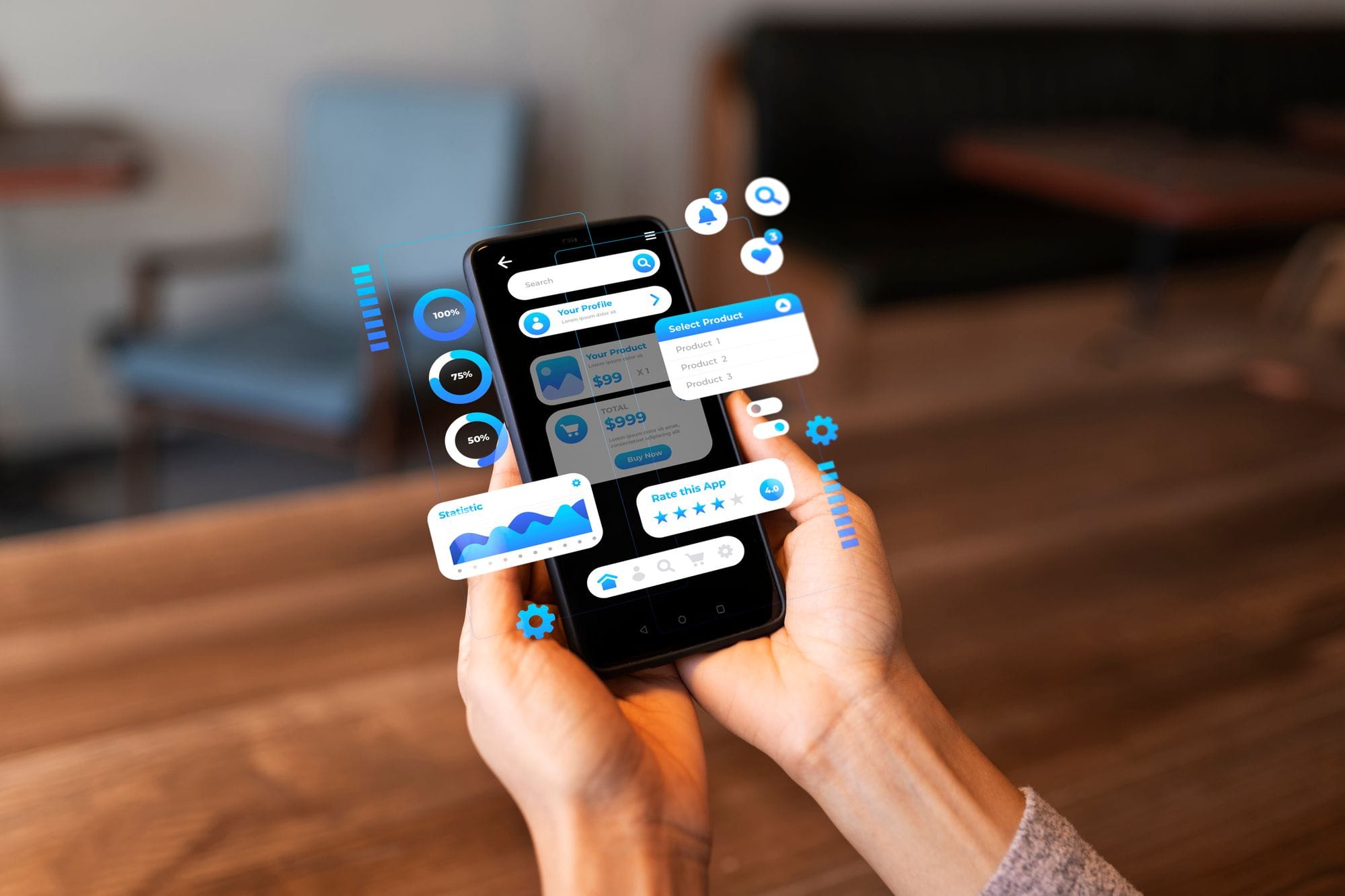In the blink of an eye, the world has undergone a transformative shift, thanks to the advent of smartphones and the proliferation of mobile apps. From communication and entertainment to productivity and healthcare, these handheld devices have become an integral part of our daily lives, reshaping the way we work, connect, and experience the world around us. In this blog post, we'll explore the evolution of the mobile revolution, the impact of smartphones, and the role of mobile apps in shaping the digital landscape.
The Birth of the Mobile Revolution:
The journey of the mobile revolution can be traced back to the introduction of the first commercially available mobile phone in the early 1980s. However, it wasn't until the launch of the iPhone in 2007 that the smartphone era truly began. Apple's revolutionary device combined a sleek design with a user-friendly interface, paving the way for a new era of connectivity and accessibility. While the iPhone marked the inception of the modern smartphone era, Android, developed by Google, has played a crucial role in expanding the reach of this technology. Unlike the closed ecosystem of iOS, Android is an open-source operating system, allowing a diverse range of manufacturers to adopt and adapt it for their devices. This openness has led to a proliferation of Android-powered smartphones at various price points, making advanced mobile technology accessible to a global audience.
Smartphones Beyond Communication:
Smartphones have transcended their initial purpose as communication devices. Today's smartphones are powerful pocket-sized computers that offer a myriad of features. High-quality cameras, advanced processors, and vibrant displays have turned these devices into versatile tools for capturing memories, consuming content, and staying connected with the world.
The Role of Mobile Apps:
Central to the success of smartphones is the ecosystem of mobile applications. Mobile apps have become the driving force behind the smartphone revolution, offering users a diverse range of functionalities at their fingertips. Whether it's social media, fitness tracking, navigation, or online shopping, there's an app for almost everything.
- Social Media Apps: Social media platforms have become an integral part of our digital identity. Apps like Instagram, Facebook, and X (formerly Twitter) have redefined how we connect with friends, share our lives, and stay informed about the world.
- Productivity Apps: Mobile apps have revolutionised the way we work and manage our tasks. Productivity apps like Microsoft Office, Google Workspace, and project management tools enable users to be productive on the go, blurring the lines between work and personal life.
- Entertainment Apps: Streaming services like Netflix, Spotify, and YouTube have changed the way we consume entertainment. Mobile apps have made it possible to enjoy our favourite movies, music, and videos anytime, anywhere.
- Health and Fitness Apps: The emphasis on health and wellness has given rise to a plethora of fitness and health-tracking apps. From calorie counting to guided workouts, these apps empower users to take control of their well-being.
- E-commerce Apps: Mobile apps have revolutionised the shopping experience. E-commerce giants like Amazon, Alibaba, and eBay have optimised their platforms for mobile, making it convenient for users to shop with just a few taps on their screens.
As technology continues to advance, the mobile revolution shows no signs of slowing down. The integration of emerging technologies such as Augmented Reality (AR), Virtual Reality (VR), and 5G connectivity promises to further enhance the capabilities of smartphones and the applications they support. The mobile landscape coupled with a vast array of mobile apps is evolving, offering exciting possibilities for innovation across various industries.
In Part 2 of this series, we will delve into how these technological advancements are pivotal in shaping the landscape of Super Apps, offering exciting possibilities for innovation and redefining the way we engage with digital services on our smartphones.
